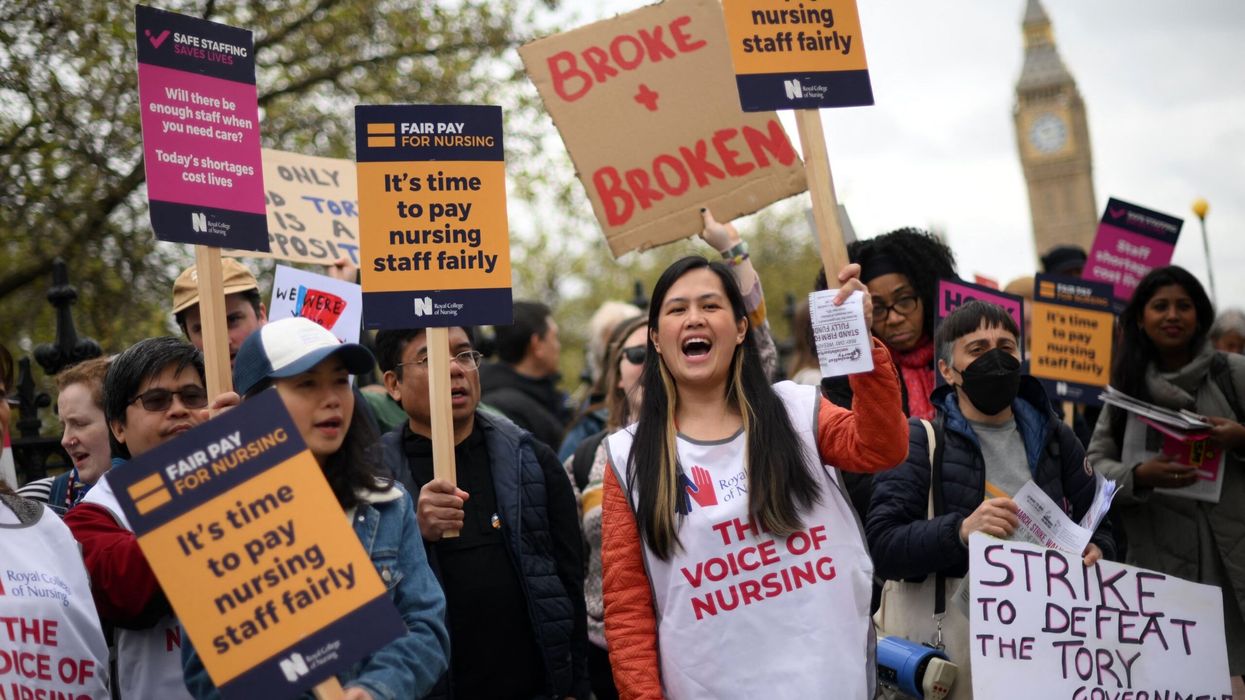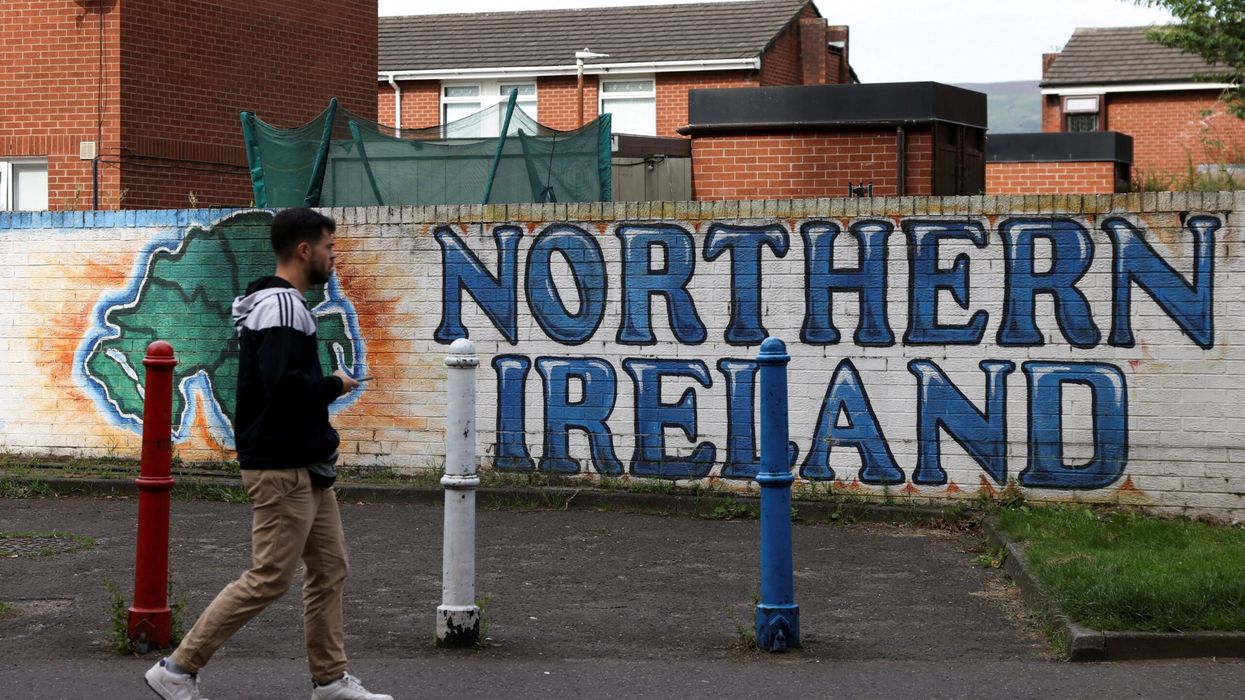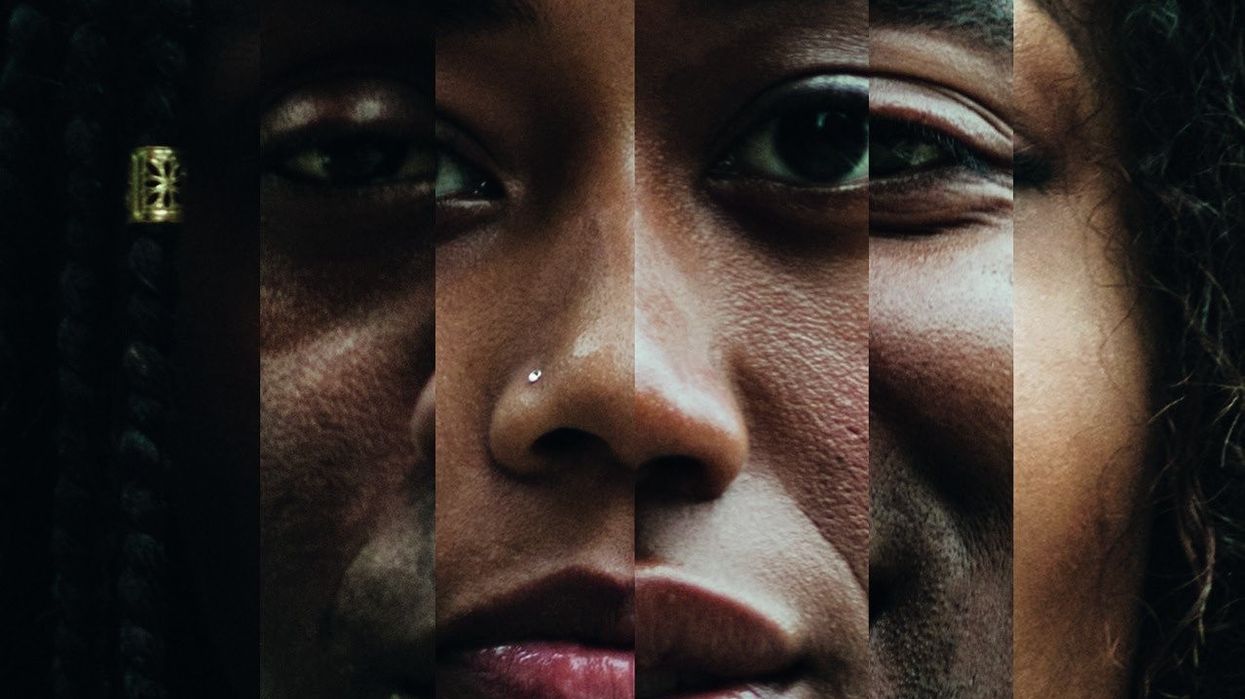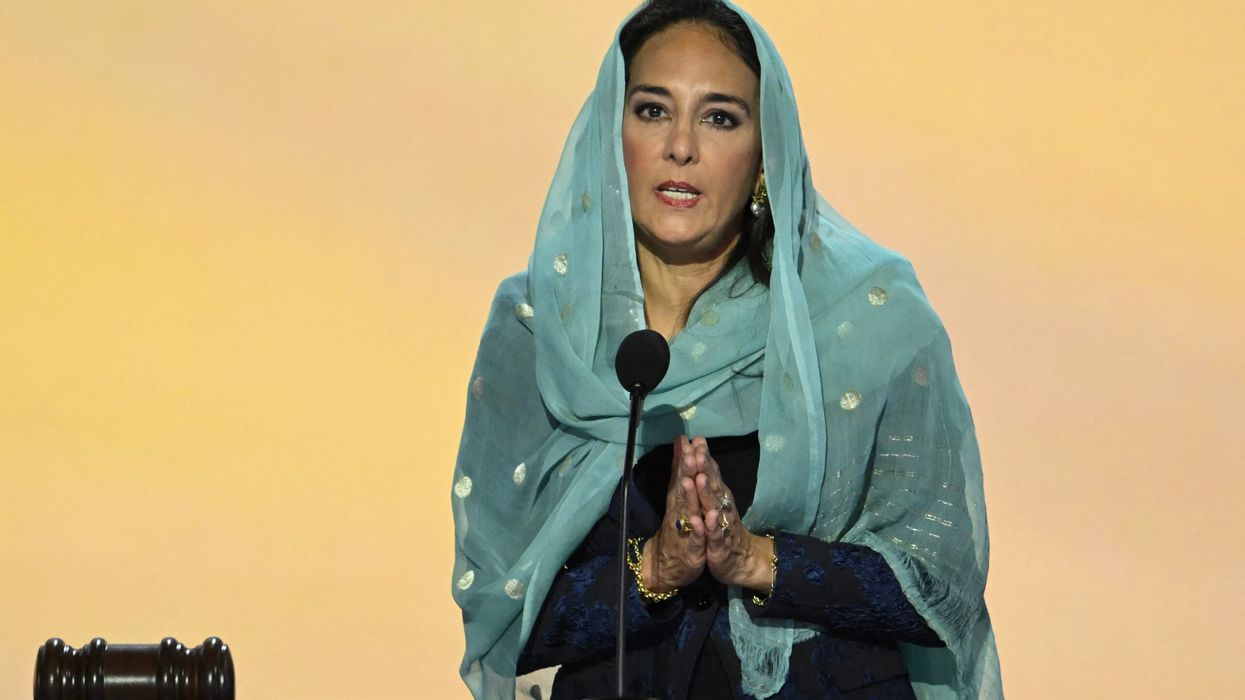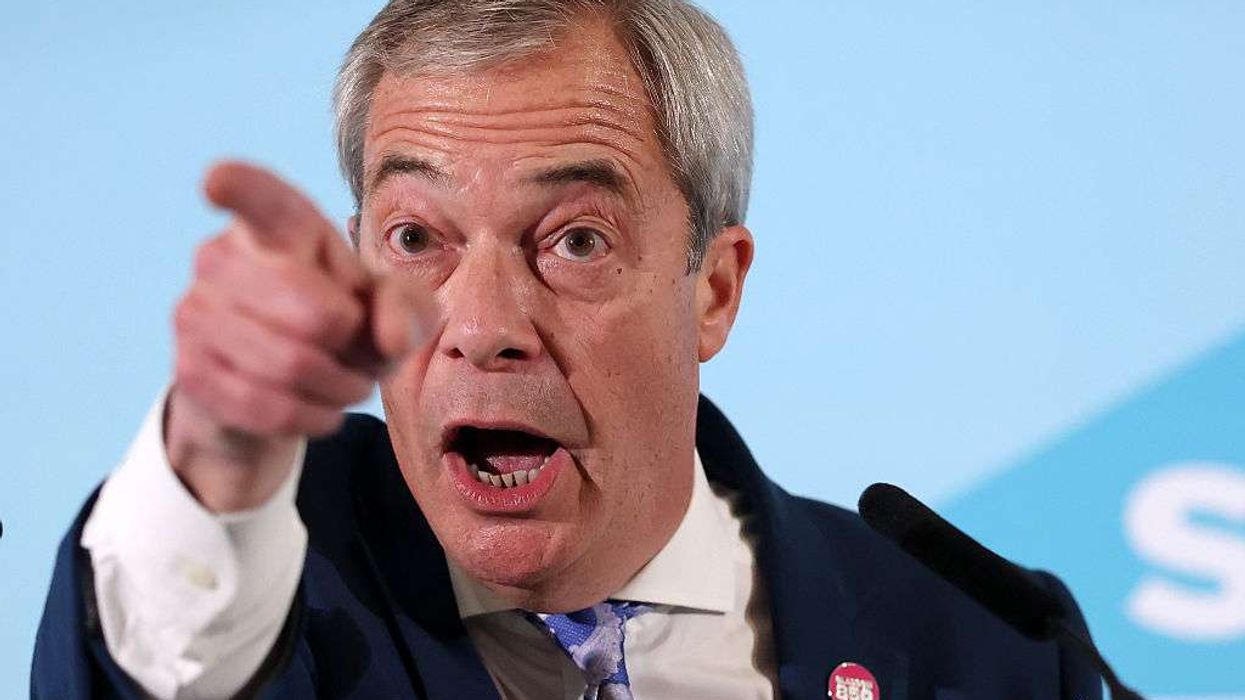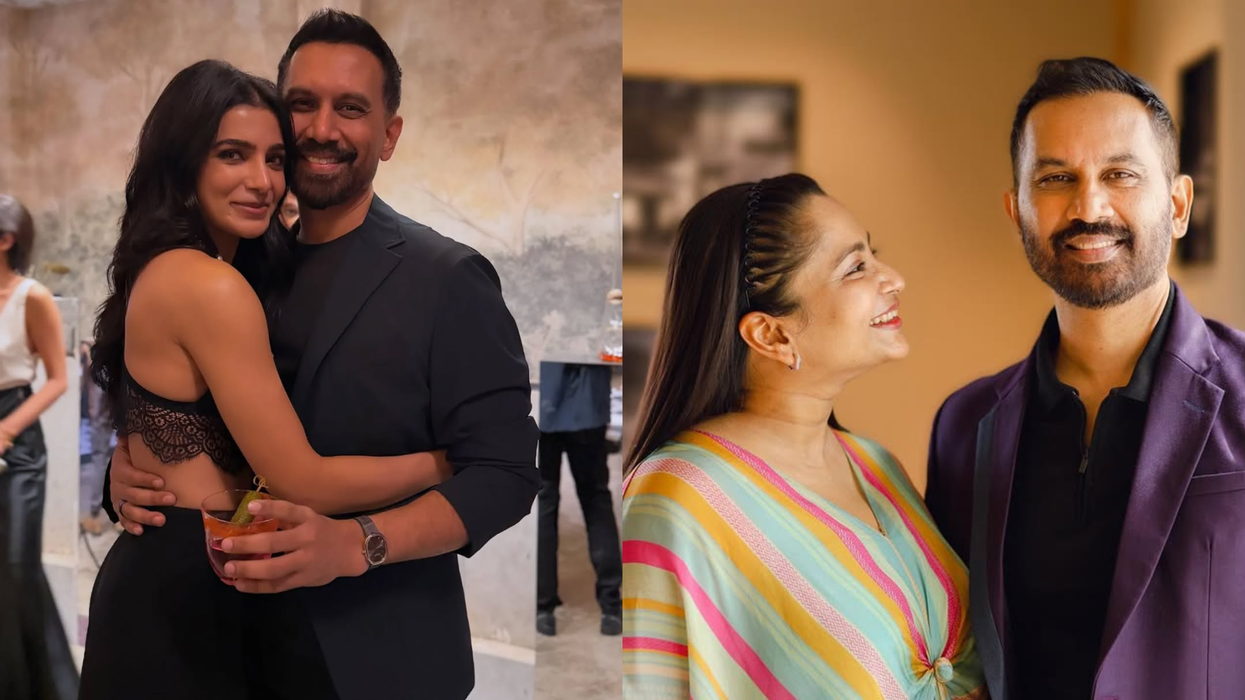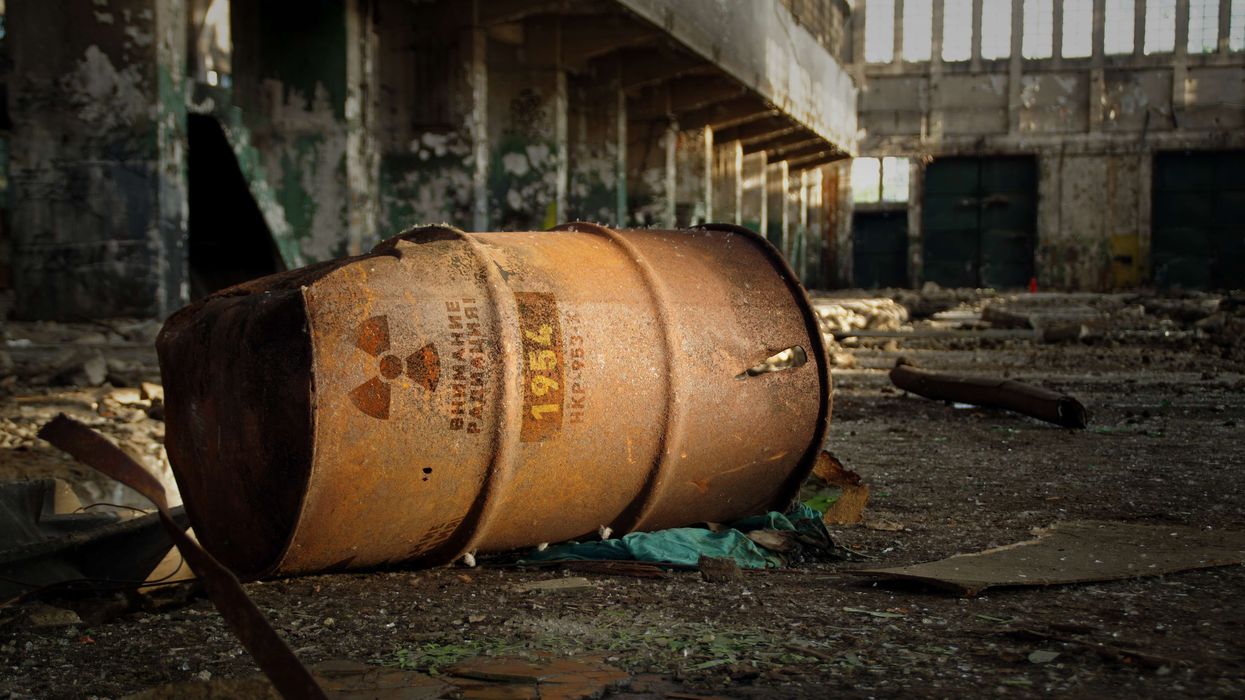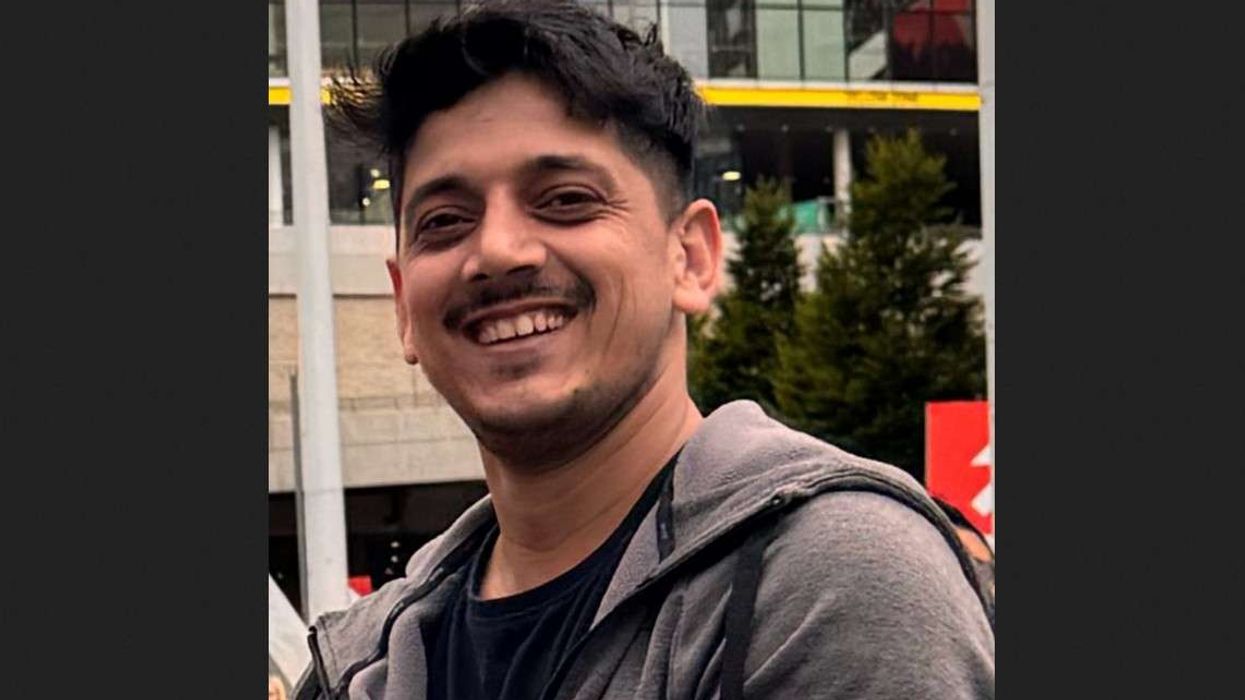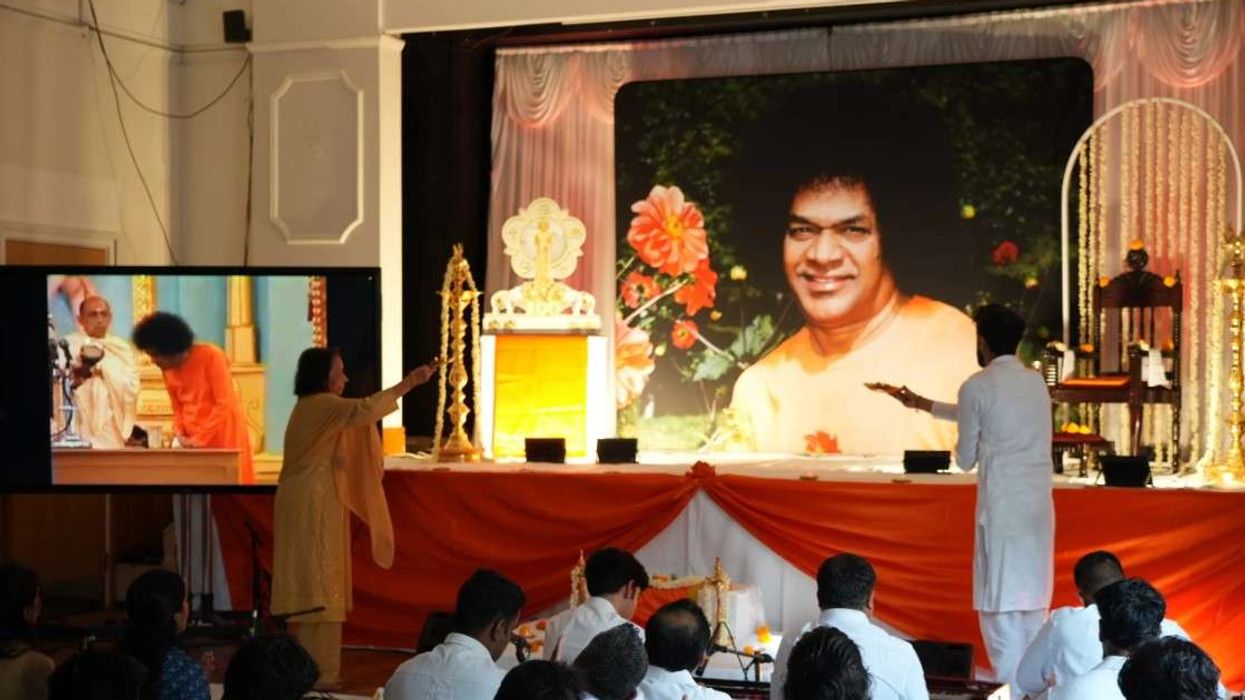by NADEEM BADSHAH
SOCIAL MEDIA GIANTS TOLD TO MAN UP AND TAKE RESPONSIBILITY
SOCIAL media giants need to monitor their content better to stop the spread of fake news that can spread “resentment and anger” between communities, experts have urged.
They have also called for tougher libel laws to punish people who post false messages and doctored images on websites and phone apps, including Facebook, Twitter and WhatsApp.
In June, Abijeet Nath and Nilotpal Das were beaten to death by a mob in the Indian state of Assam following WhatsApp rumours over child kidnappers. The men had stopped to ask for directions.
Rumours of child kidnappings on the messaging app have led to the deaths of seven other people in May and June in India.
During the Westminster Bridge terror attack in March 2017, a photo was circulated of a woman wearing a hijab and talking on the phone while walking past survivors with the hashtag #BanIslam.
The woman released a statement saying she helped survivors and spoke of being “devastated by witnessing the aftermath of a shocking and numbing terror attack”.
The Twitter account, which first tweeted the image, was suspended.
Following the London Bridge attack in June 2017, online trolls shared an image of US comedian Sam Hyde who they claimed was a suspect. Images of Hyde were also circulated after the terror attack on Finsbury Park Mosque in London later that month.
Ashwani Sharma, principal lecturer in media and cultural studies at the University of East London, told Eastern Eye: “It can divide communities, given that news on social media news can circulate very quickly through retweets and sharing that it is very difficult to challenge.
“So a lot of misunderstandings and false claims can be produced very quickly. What helps is having alternative news sites so that these could be challenged, especially ones that address … all communities, for example Hindu and Muslim news.
“This is an argument for diversity of new independent providers that can challenge false news, who understand the dynamics of network culture.”
Sharma added that “citizen journalism”, where anyone can post photos or stories online, can counter biased reporting by media groups but is more difficult to check.
She added: “The other issue here is the ‘filter bubble effect’ – people just get news from their own sources on social media … with similar ideological viewpoints.
“The plurisation of news is a good thing, it is now about identifying reliable sources, which over time do emerge, even if they have their own ideological agenda.
“If, for the sake of an argument, we say fake news is totally made up – that in itself is difficult to identify.
“It requires judgement and knowledge. Public regulation could help, but it social media [who] are producing fake news, they are providing means of distributing it.
“The law around libel could be stronger in terms of news.”
Other examples included the death toll from the Grenfell Tower fire last June.
A video shared on Facebook claimed 42 bodies were found in one room. The claim was never confirmed by authorities.
A website also reported that a baby was rescued from the building, which was denied hours later.
Facebook, Telegram and WhatsApp groups were set up to share information about the missing and deceased. Some shared rumours that the death toll was in the hundreds. The official death toll from the inferno in west London is 72.
Meanwhile, Veerender Jubbal was falsely named as a terror suspect after a doctored image of him was posted online following the terror attack in Paris in 2015 and in Nice a year later.
Fiyaz Mughal OBE, director of the Faith Matters charity, warned of the dangers of false rumours being spread on social media.
He told Eastern Eye: “Such fake news causes panic within communities and especially within the most vulnerable in communities.
“It also creates resentment, anger and we know, from hate crime figures, leads to racial and religiously aggravated incidents – as people seek to blame communities.
“Such fake news is not only damaging to community cohesion, it can be deadly.”
Only one in 50 children can tell if a news story is real or fake, according to a survey published in June.
The report said few youngsters have sharp enough critical literacy skills to detect false stories.
It was conducted by the National Literacy Trust and published by the Commission on Fake News, set up by MPs on the all-party parliamentary group on literacy.
It spent a year investigating the impact of fake news on children and young people.
Half of children are worried about not being able to spot fake news, and three fifths of teachers believe fake news is harming children’s wellbeing by skewing their world view and increasing anxiety.
More than two fifths of older children got their news from websites and social media, yet only a quarter trusted online sources.
Lucy Powell MP said: “Many children told us that they lack the literacy skills needed to identify fake news. This is causing them to mistake false news for fact, become anxious as they believe misleading stories, and risk exposure to malign agendas.”
